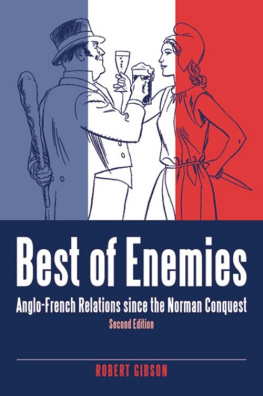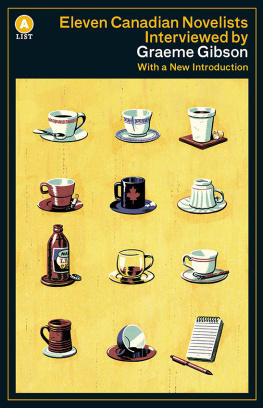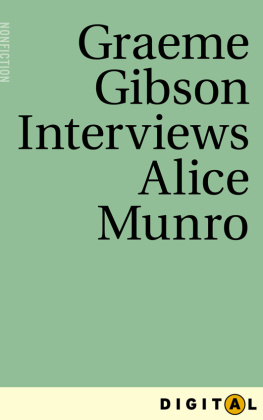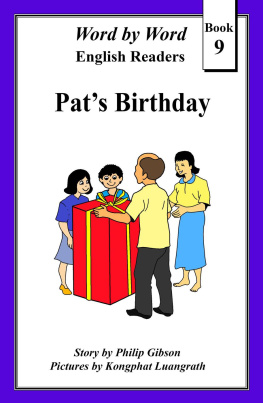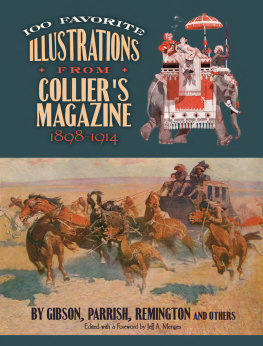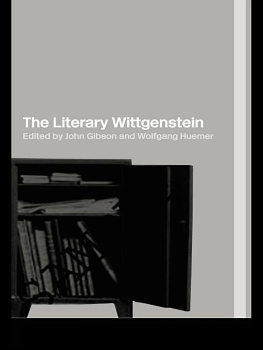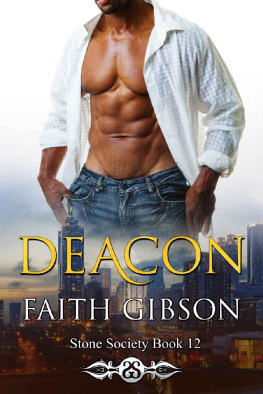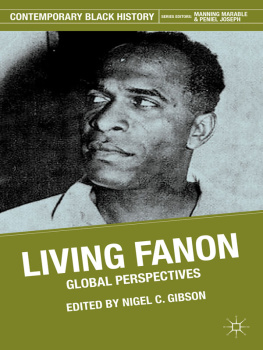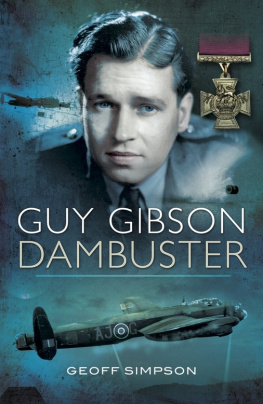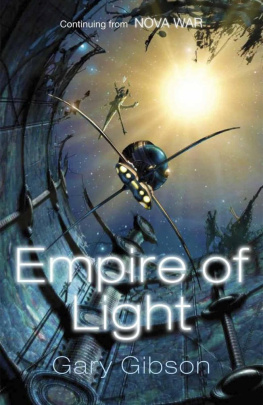First published in 2005
by Impress Books, Innovation Centre, Rennes Drive, Exeter, EX4 4RN
This ebook edition first published in 2011
All rights reserved
Robert Gibson, 2005
The right of Robert Gibson to be identified as author of this work has been asserted in accordance with Section 77 of the Copyright, Designs and Patents Act 1988
This ebook is copyright material and must not be copied, reproduced, transferred, distributed, leased, licensed or publicly performed or used in any way except as specifically permitted in writing by the publishers, as allowed under the terms and conditions under which it was purchased or as strictly permitted by applicable copyright law. Any unauthorised distribution or use of this text may be a direct infringement of the authors and publishers rights, and those responsible may be liable in law accordingly
ISBN 9781907605277
TO THE MEMORY OF SHEILA 19322002
CONTENTS
Both my previous full-length biographies of Fournier have been out of print for many years now and there are factual errors and stylistic infelicities in each of them which need correcting. I hope my last word on the subject will prove to be a significant improvement.
Authorial vanity apart, much of importance has come to light over the last thirty years: a detailed curriculum vitae and photographs of the previously little-known , first great love of Fourniers life, the passionate letters he exchanged with the last great love of his life (hitherto under-rated by all of Fourniers previous biographers, myself included), the 500 pages of letters exchanged between Fournier, Rivire and the painter Andr Lhote, the 340-page compilation of his work as a literary gossip-columnist, the complete drafts of his second novel and the plays he left unfinished when he left for the Front in August 1914 and, finally, his body, unearthed seventy-seven years later in the woods near Verdun, where it had lain undisturbed since his disappearance there in September 1914. In addition, there have been a number of important studies by other Fournier scholars, my indebtedness to which I list in the Acknowledgements.
A number of these discoveries have modified my views and so have the passing years. When I wrote my first book on Fournier, he was to me something like an older brother. Today, I am old enough virtually to be his grandfather. Omnia mutantur, nos et mutamur in illis [All things change, and we change with them]. I hope this definitive study will not disappoint the Fournier faithful and, at the same time, make some new converts.
Robert Gibson, Sidmouth, 2005
For all my work on Alain-Fournier, I owe an incalculable debt of gratitude to the Rivire family. In the summer of 1951, I spent two months as Isabelle Rivires house-guest in the village of Dourgne, in the Tarn, where she put at my disposal her brothers many papers, including all the early drafts of Le Grand Meaulnes. She talked freely, every day, about their life and times and all of this enabled me to complete my doctoral thesis, publish my first book and launch my academic career.
Her son, Alain, has, over the thirty years Ive known him, been no less supportive. Since 1975, when he founded the Association des Amis de Jacques Rivire et dAlain-Fournier, he has edited its quarterly bulletin, a particularly rich repository of all manner of newly discovered material and a wide range of articles about the work of his parents and his uncle. To him must also go the credit for re-editing and significantly expanding all the volumes of Alain-Fourniers correspondence listed on p. 342, the basic texts on which any study of his life and work must depend. I am deeply indebted to him for all the support he has given me over the years and for his generosity in so readily supplying me with material from his archives, in particular all the photographs included in this book.
I am most grateful to other members of his Association: to the Secretary, Michel Baranger, for his research and maps charting the final movements of Alain-Fourniers doomed 288th Infantry Regiment in AugustSeptember 1914, and to Henri Lullier, for his map of Epineuil-le-Fleuriel in the 1890s. My book has also greatly benefited from Sylvie Sauvages outstanding research on Alain-Fourniers childhood reading, which won her a doctorate and the esteem of all devotees to his cause. I am beholden to Philip Lee and to Michle-Maitron Jordogne whose research-work on Yvonne de Quivrecourts life and times are models of their kind, and also to Jean Loize whose ground-breaking work on the Fournier family background remains indispensable.
I must also express my gratitude to Richard Willis and Colin Morgan whose work on the editing and design of this book has been as invaluable as their support.

Maps of Cher dpartement, La Chapelle and Epineuil.
Quas-tu fait, toi que voil
Pleurant sans cesse,
Dis, quas-tu fait, toi que voil
De ta jeunesse?
Paul Verlaine
I
On the literary map, the countries of Childhood and Adolescence were discovered relatively recently. The Ancients had a very low opinion of children insofar as they had any opinion of them at all. Children, it was felt, could evidently experience the sensations of pleasure and pain but were no less evidently incapable of reasoning. The role of the educator, for both Socrates and Plato, was to teach the child to put infantile things behind him and transform him without delay into a grown-up. No consideration would seem to have been given to adolescence, the intermediary stage between the two, later designated by an anonymous wit as the phase between infancy and adultery.
The Ancient Greek view persisted for centuries. The figure of the Infant Jesus may have become a subject of predilection for the Mediaeval and Renaissance artist but to childhood in itself, no special qualities were attributed. It was left to certain seventeenth-century English writers to discern in childhood those distinctiveness qualities for which it subsequently came to be so cherished. John Earle, tutor and chaplain to the future Charles II during his exile in France before being appointed Bishop of Salisbury, praised the innate innocence of infancy:
The Child is the best copy of Adam before he tasted of Eve or the apple; and he is happy whose small practice in the world can only write this Character. He is natures fresh picture newly drawn in oil, which time, and much handling, dims and defaces. His Soul is yet a white paper unscribbled with observations of the world, wherewith, at length, it becomes a blurred notebook
For the religious poet Henry Vaughan, childhood innocence was to be equated with proximity to God:
Happy those early days, when I
Shind in my Angel-infancy!
Before I understood this place
Appointed for my second race,
Or taught my soul to fancy aught
But a white celestial thought
Before I taught my tongue to wound
My conscience, with a sinful sound,
Or had the black art to dispense
A several sin to evry sense,
But felt through all this fleshly dress


